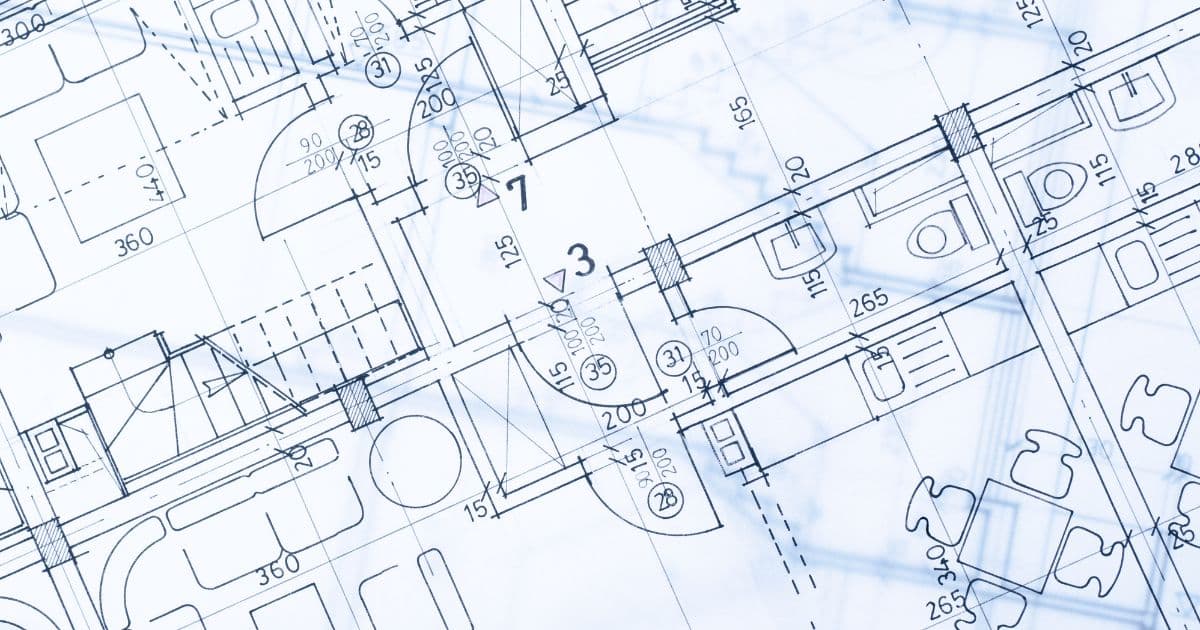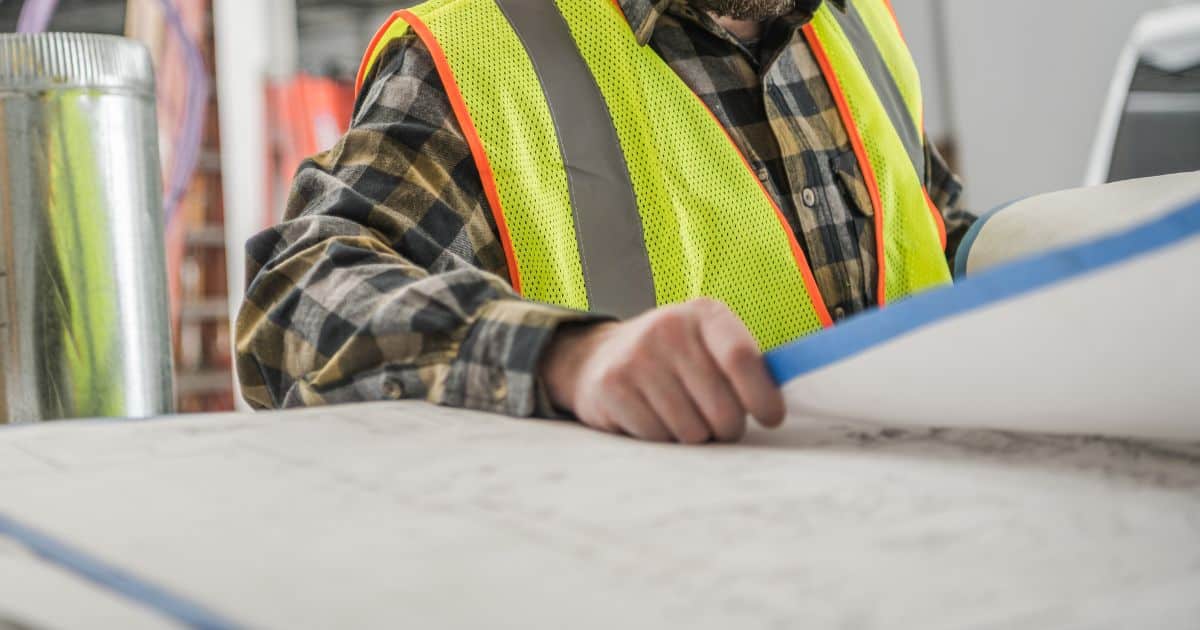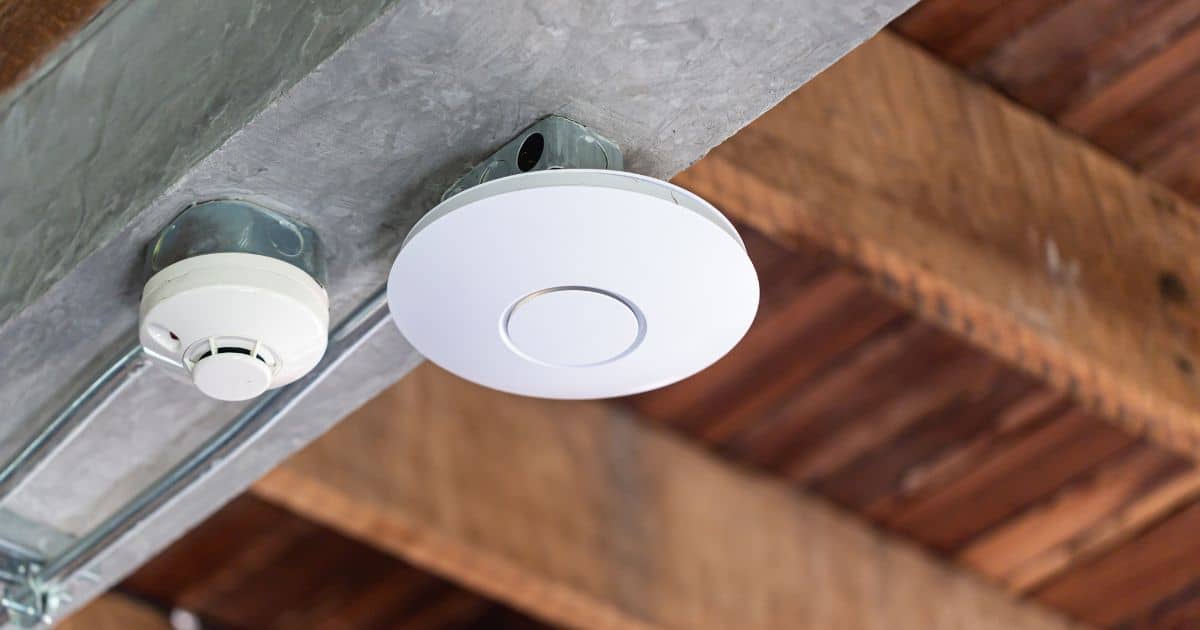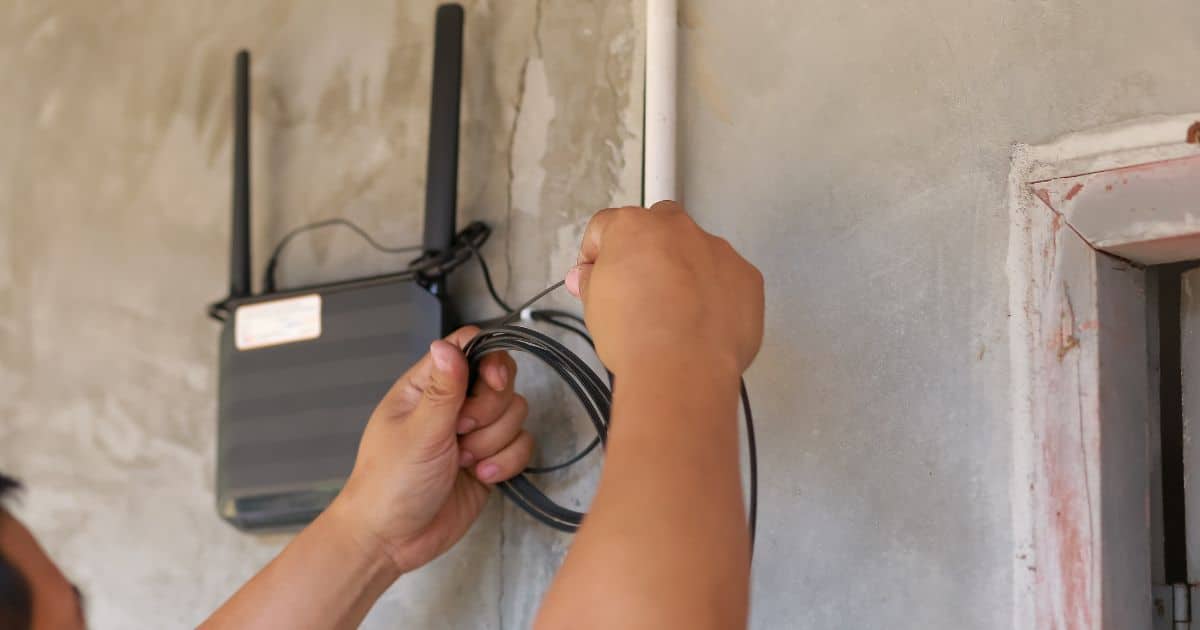In today’s world, reliable Wi-Fi (Wifi) access is crucial. It can mean the difference between a highly constructive day or one that can cause productivity to come to a screeching halt.
This is where heat mapping comes into play.
So, What Exactly is Heat Mapping?
In the simplest of terms, a Wifi heat map displays the strength and quality of a Wifi signal throughout a designated space.
It visually verifies if the design is not merely effective but can also support the wireless devices and applications needed for a business to operate to its full ability.

Heat Mapping Process: Upload a Drawing of the Facility
In order to create an accurate heat mapping survey, technology design consultants like our own Brian Cothern first upload a drawing of the facility into special survey software. The construction materials used for each wall within the facility are then identified – including doors, windows, cubicles, and bathroom stalls – to determine its attenuation level (or its ability to potentially interrupt a signal).
Take for instance, an elevator and how difficult it is to use a cell phone while inside. Elevator shafts are solid concrete walls and the elevator itself is a metal box. Signals cannot pass through those materials easily.

Heat Mapping Process: Measurements, Materials, and Disruptions
Next, the ceiling height is determined within each area, and on multiple-story buildings, what each floor consists of. Older buildings often have wooden floors or concrete poured on top of plywood. Newer buildings, on the other hand, have concrete poured in a metal pan. All of these factors can impact signal strength.
More About Signal Disruptions
Other disruptions to signal strength, called “noise,” are also considered. For example, microwaves and ballasts in fluorescent lights can emit a signal that will interrupt Wifi. The overall design must account for these signal-to-noise ratios as a building can possess a robust signal, but significant noise can interrupt that same signal, resulting in poor coverage.

Heat Mapping Process: Identify Access Points
Once the walls are drawn and any potential interruptions to signal are identified, access points (APs) are then carefully placed – with overlapping coverage areas – to ensure seamless roaming. (The heat mapping software color codes the signal strength, making it easier to determine where any gaps of coverage may be.)
More About Access Points
That said, as the APs are placed, two major items are considered: the channel each radio in each AP is using and if the AP coverage can bleed between floors. APs with the same channel should not be placed side-by-side. APs using the same channel as another AP within range could experience co-channel interference, adversely affecting the performance of the AP.
Often, the heatmapping software or the Wifi system itself can auto tune the channels, but in some instances, channels may need to be statically assigned. Depending on what type of radio is being used, there are different channels available. 2.4Ghz radios use up to three non-overlapping channels (1, 6 and 11). 5Ghz radios can use up to 23 non-overlapping channels. As for AP coverage bleeding between floors, this could potentially allow for fewer APs, and ultimately a reduction in cost to the technology design budget.

Heat Mapping Process: Results
Once these steps are complete, clients are provided with a detailed report outlining where the APs should be placed and what their predictive coverage will be based on the heat mapping survey. To help increase reliability, our team at VPCE always recommends walking the space in real time to verify coverage.
While heat-mapping is incredibly accurate (and a far-cry from the AP placement process of the past – think APs placed on a tripod and manually rolled throughout a facility), it still is a predictive survey based on the specifications individuals provided to the software. It does not account for noise interference or unknown environmental elements such as a lead-lined walls in a room that once contained an x-ray machine.

More Wifi Heat Mapping Considerations
There are a lot of variables to consider when heat mapping. Here are some common considerations to account for when conducting a wifi heat map survey.
Healthcare Facilities
In healthcare facilities, try to avoid placing APs in patient rooms if possible. It will lower the potential interruption to patient care.
Wireless Voice Traffic
Wireless voice traffic requires a stronger signal than wireless data traffic. Voice traffic cannot tolerate any loss of signal. Data packets can arrive in a different order than they were transmitted. They are then reassembled into the correct order and processed.
Voice packets can’t do that. If they arrive in a different order a statement like “Johnny and Anne rolled down the hill” could translate into “Johnny and hill rolled down the Anne”. Voice packets must arrive in the order that they were transmitted.
Also, any loss of packets due to roaming from AP to AP could result in clipped words or gibberish.
Managing Clients per AP
Managing clients per AP is becoming more and more important. With the IoT (Internet of Things) boom, building automation and smart devices such as cameras, lights, streaming entertainment devices, security systems, and thermostats are flooding the Wifi networks.
The challenge with this is that each of these devices consume considerable bandwidth, which can easily over-run the available bandwidth of an AP. To fight this, transmit power is lowered and multiple APs are placed closer together so that devices have a variety of access points to choose from.
However, it’s important to ensure devices don’t continuously jump from one AP to another. That’s where load balancing comes into play. The load balance group configuration will limit the number of clients that can associate with an AP.
Once one of the APs reaches, for example, four clients, it will reject any more until the other APs in the group each have at least four clients. It will then all for four more. Settings within the AP controller will assign “stickiness” levels to certain client types to prevent them from hopping from AP to AP.
Also, most laptops now have an adjustable stickiness setting that stops the PC from jumping from AP to AP. Each device is different. PCs tend to stay in an area for a while, while phones tend to roam. A wireless phone should not have be so “sticky” that it is prohibited from roaming as it moves through the facility.

Is Heat-Mapping Right for Your Facility?
In most instances, the answer is yes. As stated earlier, strong, reliable Wifi coverage is crucial to today’s successful business.
Heat mapping can not only help achieve better coverage, productivity, and reliability, but a more enjoyable user experience for everyone at your business, including your clients.
Contacting a skilled and experienced technology design consultant like those at VP Engineering is your first step in making that happen.
Contact us today to learn more about our wifi heat mapping services, and how we can help improve your facility’s business and productivity.
About VP Engineering
VP Engineering is a top Charlotte-based MEP design firm offering engineering expertise in senior living, multi-family, hospitality, and retail/commercial markets worldwide.
With experience in a wide range of building types, our MEP engineering services help keep projects on budget and achieve your goals. Click here to learn more about us.



